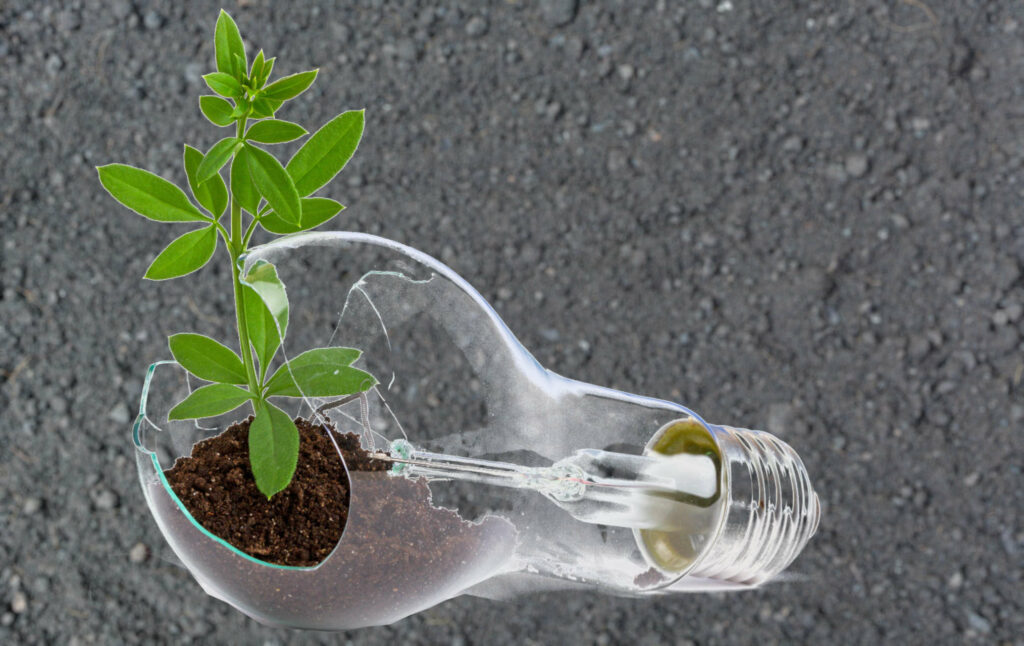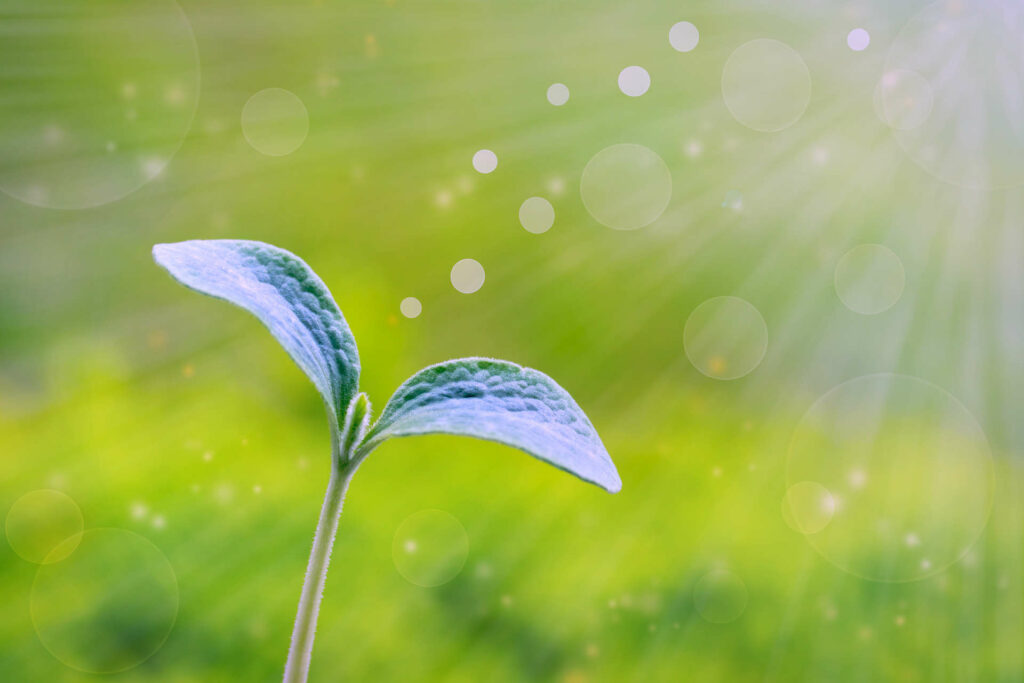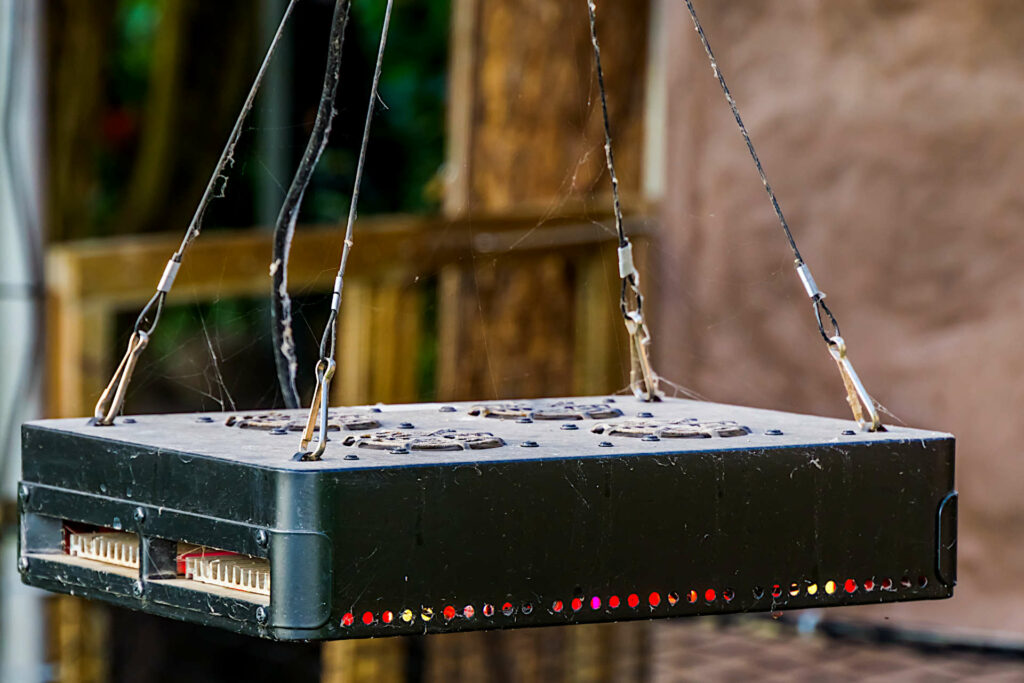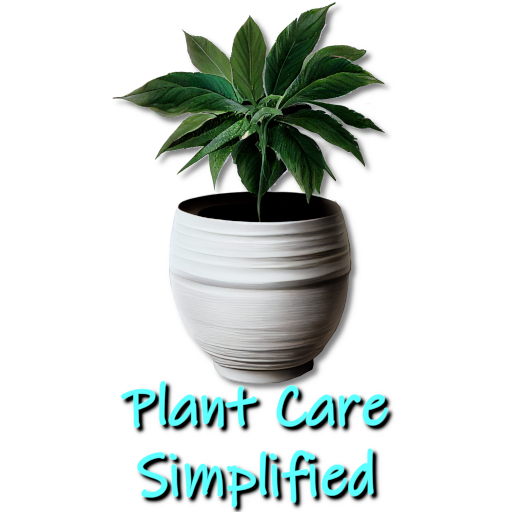Red and Blue Light in Plant Growth: Revolutionize Your Plant Care and Crop Yields
Kim is passionate about helping people create beautiful, healthy indoor spaces that are filled with plants. Kim believes that plants make us happier, healthier human...
- Both red and blue light are important for plant growth and development.
- Plants absorb red light for flowering and fruiting, root development, and hormone production.
- Blue light is absorbed by plants for vegetative growth, including leaves and stems, and regulates chlorophyll production.
- The ratio of red to blue light can significantly impact plant growth and development, with different plants having varying requirements for the percentage of red to blue light.
- The ratio of red to blue light can also affect plants' overall growth and development, with a higher ratio of red light leading to taller, more robust plants and a higher ratio of blue light leading to shorter, more compact plants.
If you just quickly want to see the most effective ways to vary the amount of red and blue light your plant gets, click here
Most gardeners and plant owners know that light and its source can have a massive bearing on the growth and health of their plants as it drives photosynthesis beyond this, the role of red and blue light in plant growth is crucial.
However, light is complex, and it is part of what is known as the electromagnetic spectrum. It is within this that light separates (dispersion) into various colors, and it is here that red and blue light exists with their distinct wavelengths.
Red and blue light is essential for photosynthesis, as they are absorbed by the pigment chlorophyll, which is responsible for capturing light energy. However, different plants thrive better with varying red and blue light ratios.
The Electromagnetic Spectrum:

The electromagnetic spectrum is the range of all types of electromagnetic radiation, which includes radio waves, microwaves, infrared radiation, visible light, ultraviolet radiation, x-rays, and gamma rays. Visible light is a small portion of the electromagnetic spectrum perceptible to the human eye. Light is made up of electromagnetic particles and contains the colors red, orange, yellow, green, blue, indigo, and violet, each with different properties.
In plant growth, distinct wavelengths of light within the electromagnetic spectrum can affect a plant's growth differently. The two most important parts of the spectrum are red and blue light, and providing an optimal balance of these wavelengths can help optimize plant growth and development.
Properties of Red and Blue Light
| Property | Red Light | Blue Light |
|---|---|---|
| Wavelength (nm) | 620 - 750 | 400 - 500 |
| Frequency (Hz) | 4.69 x 10^14 | 6.00 x 10^14 |
| Energy (eV) | 1.97 - 2.47 | 3.10 - 3.94 |
| Speed (m/s) | 299,792,458 | 299,792,458 |
- Wavelength: The wavelength of a type of electromagnetic radiation is the distance between two adjacent peaks of the waveform. Red light has a longer wavelength than blue light, which means that the peaks of its waveform are farther apart.
- Frequency: The frequency of a type of electromagnetic radiation is the number of oscillations of the waveform per second. Red light has a lower frequency than blue light, which means that it oscillates at a slower rate.
- Energy: The energy of a type of electromagnetic radiation is related to its frequency. Higher frequency electromagnetic radiation has higher energy.
- Speed: The speed of electromagnetic radiation is a constant value, and it is equal to the speed of light, which is approximately 299,792,458 meters per second.
How red and blue light affects plant growth.
The photosynthesis process, in which plants transform light energy into chemical energy, is aided by both red and blue light spectrums. This process occurs within the chloroplasts of plant cells, where chlorophyll absorbs light and converts it into glucose as chemical energy. Plants then utilize this energy for growth and development.
With its longer wavelength, plants absorb red light by activating a type of photoreceptor called a flavin, which regulates flowering and production. It is also vital for root system development and the production of plant hormones. Conversely, blue light has a shorter wavelength and is crucial for vegetative growth, including leaves and stems. It activates photoreceptors in plants called phytochromes which regulate the production of chlorophyll, which is necessary for photosynthesis.
The red-to-blue light ratio can significantly affect plant growth and development. Different plants have varying requirements for the percentage of red to blue light, and providing the appropriate balance can optimize growth. For instance, plants that require high levels of light for flowering and fruiting, such as tomatoes and peppers, may benefit from a higher ratio of red light. On the other hand, plants that need more light for vegetative growth, like lettuce and kale, may benefit from a higher percentage of blue light.
In addition to the specific requirements of different plants, the red to blue light ratio can also impact plants' overall growth and development. Providing a higher ratio of red light may result in taller, more robust plants with stronger stems and larger leaves. In contrast, providing a higher ratio of blue light may result in shorter, more compact plants with smaller leaves.
Ultimately, the role of red and blue light in photosynthesis and the effects of different ratios of these wavelengths on plant growth and development are critical to consider when choosing a light spectrum for your plants. By understanding the specific needs of your plants and providing the right balance of red and blue light, you can optimize their growth and development.
Red Light
Red light is an integral part of the electromagnetic spectrum that is vital for plants' healthy growth and development. It is absorbed by plants for various purposes, including flowering, root development, fruiting, and hormone production.
Red light benefits plant growth in various ways including through its ability to stimulate the production of flowers and fruit. Many plants rely on the red light to initiate the flowering process, and providing an adequate amount of red light can optimize this process, leading to an increased yield of flowers and fruit.
The development of strong and healthy root systems, particularly in seedlings and cuttings also relies heavily on adequate amounts of red light. This is because it helps to stimulate root growth and development, which is crucial for overall plant health.
Further to its role in flowering and root development, the production of plant hormones also requires sufficient red light. These hormones play a crucial role in plant growth and development, and red light can stimulate their production, leading to more vigorous, healthier plants with more robust growth.
Many plants thrive under red light, including tomatoes, peppers, roses, poinsettias, fruit trees such as citrus and apple trees, and vegetables like carrots and beets. To grow optimally, the plants listed typically require a high level of red light. Providing an adequate amount of this spectrum can significantly improve their flowering and fruiting process and their overall health and development.
The benefits of red light for plant growth are numerous, and providing plants with an adequate amount of this spectrum can significantly improve their growth and development.
Blue Light
Another important part of the electromagnetic spectrum that impacts plant development is blue light, which like red light, conducts an essential role in the development of many plant species. Plants absorb blue light for various purposes, including promoting vegetative growth and regulating chlorophyll production.
Blue light benefits plant growth because of its ability to stimulate the development of leaves and stems and the overall impact on plant growth. This is particularly important for plants grown for their foliage, such as lettuce and kale, which require a high level of blue light to grow optimally.
In addition to its role in vegetative growth, blue light is vital for regulating chlorophyll production. Chlorophyll is the pigment responsible for capturing light energy in photosynthesis, and blue light helps regulate its production, optimizing photosynthesis and plant growth.
As with red light, a considerable number of plants thrive under blue light, including lettuce, kale, basil, mint, leafy greens such as spinach and collards, and flowers like African violets. These plants typically require a high level of blue light to grow optimally, and providing a sufficient amount of this wavelength can significantly improve their vegetative growth and chlorophyll production.
Choosing the Right Light Spectrum for Your Plants
Optimal light conditions are crucial for the growth and development of plants, and selecting the appropriate light spectrum requires consideration of several factors. These include the plant's specific requirements, intensity and duration of light exposure, and the ratio of red to blue light.
The plant's specific requirements are a vital factor to consider when choosing a light spectrum. Various plant species have varying light intensity and duration requirements, as well as requiring different ratios of red to blue light.
As we have documented, plants that thrive under red light tend to be plant varieties that require high light levels for flowering and fruiting. Amongst many others, these include tomato and pepper plants. On the other hand plant types that require more light for vegetative growth, like lettuce, kale, and leafy greens will perform much better where there is a higher percentage of blue light available to them.
Light exposure's intensity and duration must be factored in when assessing a plant's specific needs. Almost all plants require a particular number of hours of light each day for optimal growth, and providing the appropriate light intensity is also essential. Varying intensity can be accomplished through artificial lighting or positioning plants at the right point from a window that receives adequate natural light.
Lastly, the spectrum of light itself should be considered when selecting the optimal light spectrum for your plants. This can be achieved by using different types of artificial lighting or by positioning plants near a window that receives the ideal balance of red and blue light. By considering the light spectrum, you can ensure that your plants receive the optimal balance of wavelengths for their growth and development.
How to Adjust the Ratios Between Red and Blue Light
There are a number of ways in which you can control the ratio of red and blue light to improve plant development. These include strategies involving natural light and, alternatively, artificial light - grow lights.
Use artificial lighting: By using artificial lighting, you have more control over the light spectrum reaching your plants. LED grow lights or fluorescent grow lights that emit a higher proportion of red light can increase the ratio of red light to blue light.
Using Natural Light

The proportion of blue light to red light in natural light varies depending on the time of day and the location. Natural light typically contains more blue light than red light during most of the day with the highest levels of blue light occurring in the morning and early afternoon. This is because blue light has a shorter wavelength and is more easily scattered by the Earth's atmosphere, resulting in it being more prevalent in natural light.
However, the exact proportion of blue light to red light in natural light can also be affected/influenced by factors such as latitude, altitude, and atmospheric conditions. For example, natural light at higher latitudes and altitudes may contain a higher proportion of blue light due to the angle of the sun and the thinner atmosphere.
It's important to note that while the proportion of blue light to red light in natural light can vary, it's generally considered optimal for plant growth to balance blue and red light.
Increase Blue Light Using Natural Light
To increase the ratio of blue light, position plants near windows: If you are using natural light as the primary source of light for your plants, positioning them near windows that receive a higher proportion of blue light can help increase the ratio of blue light to red light. South-facing windows (northern hemisphere) are typically the best source of natural blue light.
Increase Red Light Using Natural Light
Conversely, to increase the ratio of red light, you need to position plants farther from windows, where natural light is the primary source of light for your plants. Although this doesn't directly increase the amount of red light, positioning them farther from windows will receive a lower proportion of blue light, thus increasing the ratio of red light to blue light.
Using Artificial Light Sources (grow Lights)

Artificial lighting gives you more control over the light spectrum reaching your plants. LED grow lights or fluorescent grow lights that emit a higher proportion of either red or blue light can vary the ratio of red light to blue light that your plant receives.
Increasing the Ratio of Blue Light Your Plant Receives Use artificial lighting:
- Blue LED grow lights: Specifically colored LED grow lights, or fluorescent grow lights, can be bought that will emit a higher proportion of blue light which can help control and increase the ratio between blue and red light.
- Use light filters: Light filters that are colored blue can be placed over grow lights or natural light sources to increase the amount of blue light that reaches a plant and decrease the amount of red light.
- Use reflective surfaces: Reflective surfaces, such as aluminum foil or white walls, can help increase the amount of blue light that reaches a plant and decrease the amount of red light by reflecting light onto the plant.
- It's important to note that while adjusting the ratio of blue light to red light can be beneficial for some plants; it's also essential to balance other wavelengths of light to ensure optimal plant growth and development.
Increasing the Ratio of Red Light Your Plant Receives Use artificial lighting:
- Blue LED grow lights: You can also purchase red or fluorescent grow lights that will emit red light, thus increasing the proportion/ratio of red light to blue light reaching your plant.
- Use light filters: Light filters that are colored red can be placed over grow lights or natural light sources to increase the amount of red light that reaches a plant and decrease the amount of blue light.
- Use reflective surfaces: Reflective surfaces, such as aluminum foil or red walls, can help increase the amount of red light that reaches a plant and decrease the amount of blue light by reflecting light onto the plant.
Kim is passionate about helping people create beautiful, healthy indoor spaces that are filled with plants. Kim believes that plants make us happier, healthier human beings, and she loves sharing her knowledge with others so they can experience the joys of plant care for themselves. <a href="https://plantcaresimplified.com/kim-marson/">Read more</a>
More Posts